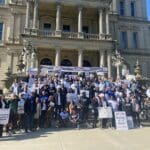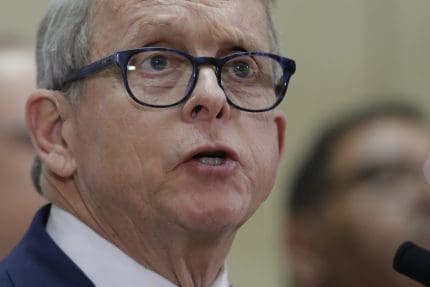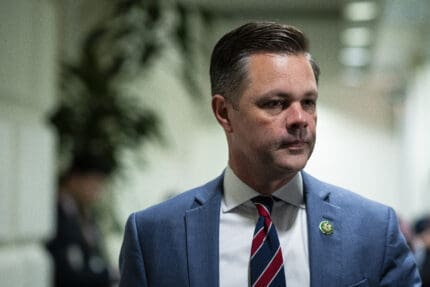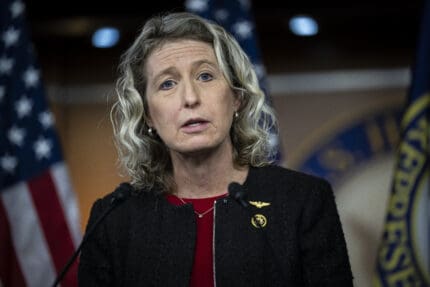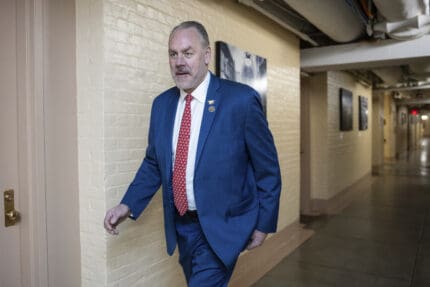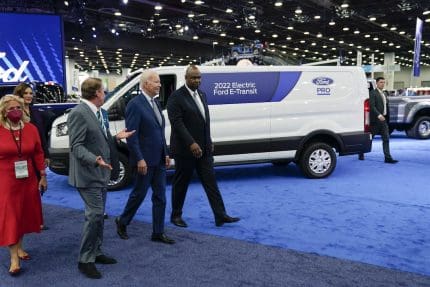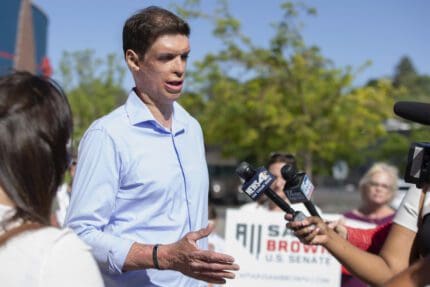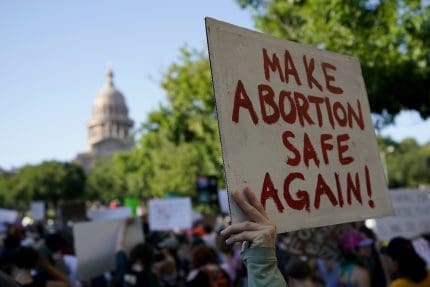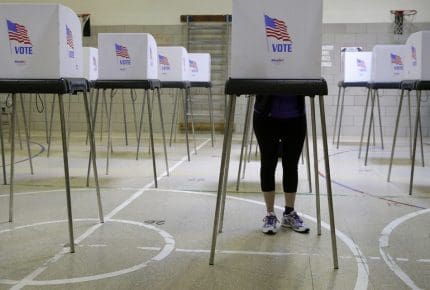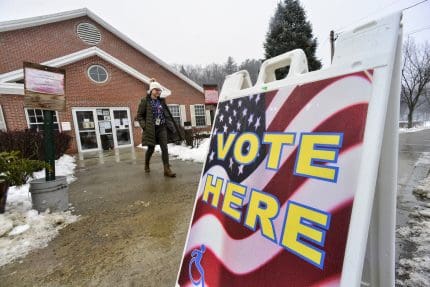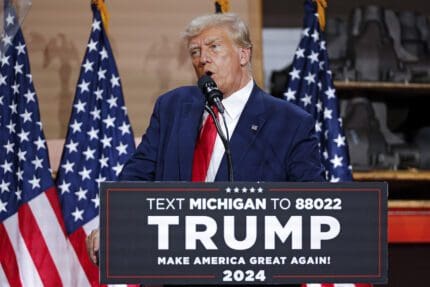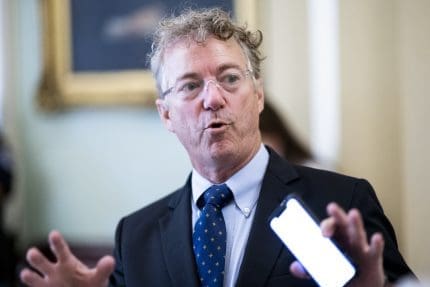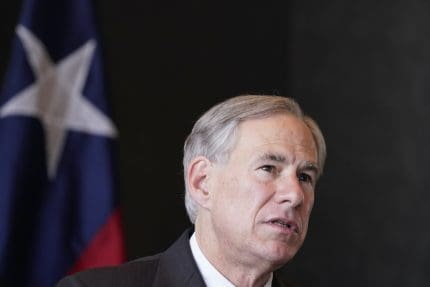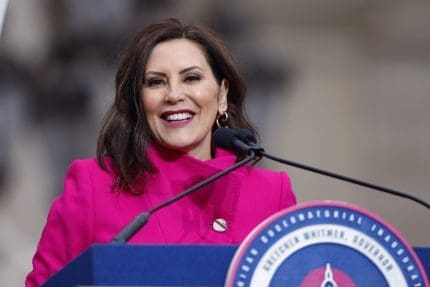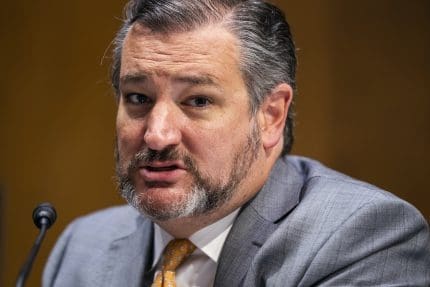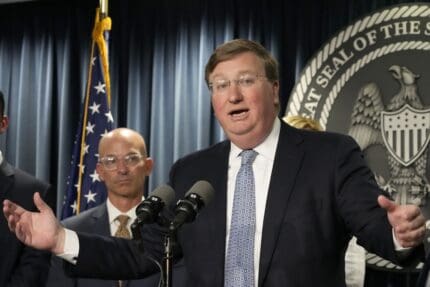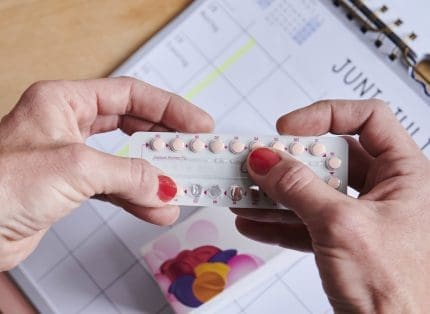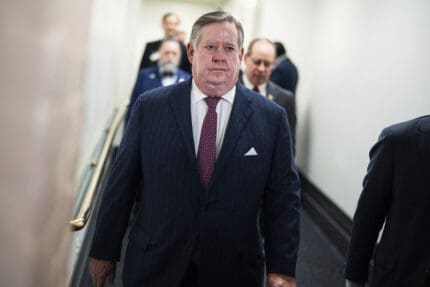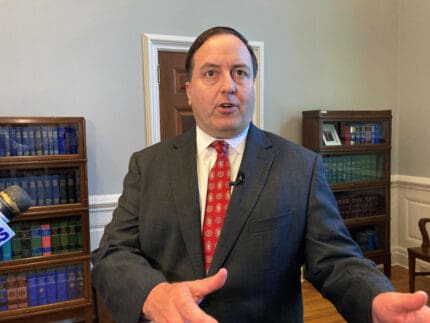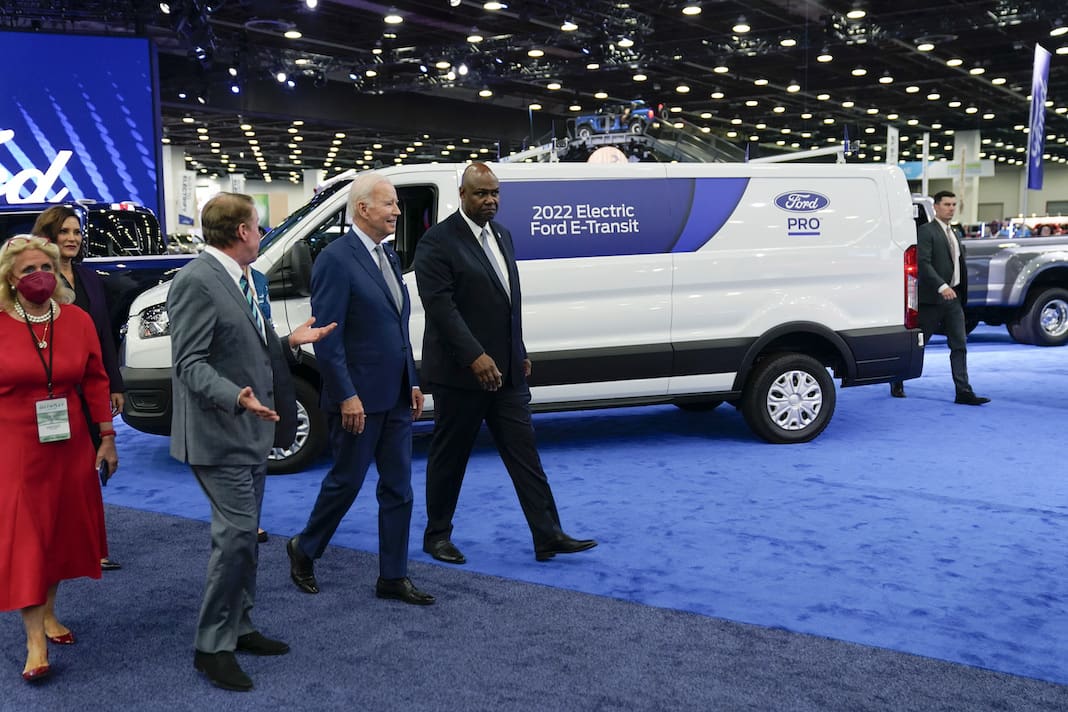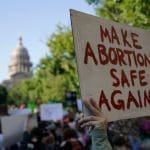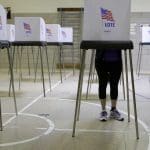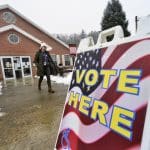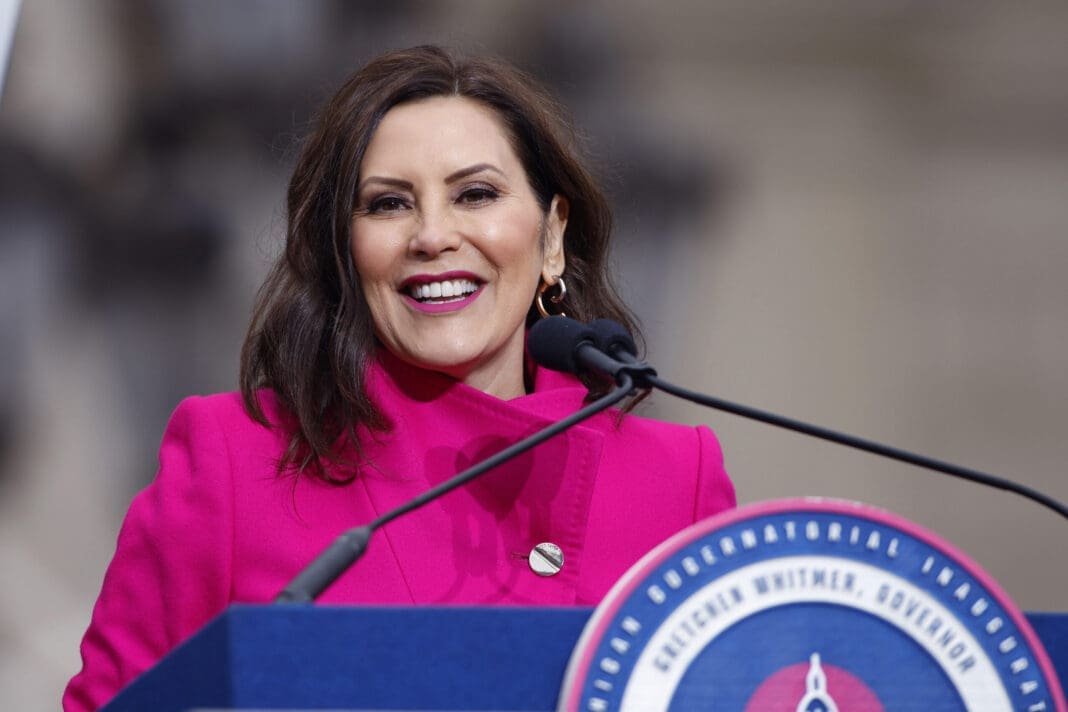Biden’s SAVE plan will help student loan borrowers nationwide
The Biden administration’s plan will help low-income borrowers as student loan repayments restart.
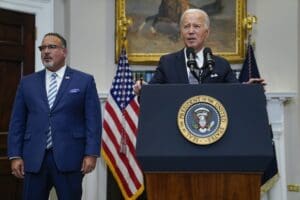
After a yearslong pause, as of Oct. 1, borrowers with outstanding federal student loans are again required to make payments, for the first time since the beginning of the COVID-19 pandemic in 2020.
The pause, first begun by President Donald Trump in March 2020 under the authority of the HEROES Act of 2003 and extended repeatedly in the years since, was intended to relieve some of the financial stress faced by Americans during the greatest economic shock since the Great Depression. Legislation passed earlier in 2023 that raised the debt ceiling also prevents the Biden administration from continuing to extend the pause.
However, the Biden administration has pursued multiple avenues to help student loan borrowers struggling to afford their payments.
On Oct. 4, the administration announced more than $9 billion in additional student debt relief for more than 125,000 borrowers. Approximately 53,000 of those borrowers are seeing their debt relieved under Public Service Loan Forgiveness programs, while about 51,000 are getting relief they were entitled to through fixes to income-driven repayment plans. The remainder are seeing their debt discharged because of a total or permanent disability.
These numbers add to the billions of dollars of student debt relief the administration has already afforded to millions of other borrowers, including an additional 715,000 public servants, 855,000 income-driven repayment plan recipients, and 513,000 borrowers with permanent disabilities. The administration has also forgiven debt for 1.3 million borrowers “who were cheated by their schools, saw their institutions precipitously close, or are covered by related court settlements,” according to the announcement.
The relief option available to the largest number of Americans, though, is the Saving on a Valuable Education (SAVE) plan, which cuts many low-income borrowers’ monthly payments to nothing, according to a White House press release.
Specifically, the plan sets payments at zero for anyone earning under 225% of the federal poverty limit for their family size, meaning that a single borrower earning less than about $15 per hour would not have to make payments. It also has an interest benefit for those who make full monthly payments: Borrowers who make on-time payments will see interest accrued during that month covered by the government.
Borrowers earning more would still save more than $1,000 annually on their repayments compared with other income-driven relief plans, according to a U.S. Department of Education press release.
“The new application is easy and quick. Most people only need about 10 minutes to complete it,” Federal Student Aid Chief Operating Officer Richard Cordray said in the Department of Education’s press release. “Borrowers can get their monthly payment calculated in real time, and they can choose to have their IDR application recertified automatically each year.”
More than 4 million people had already enrolled in the SAVE plan as of September, the Department of Education said. However, with the looming potential of a federal government shutdown on Nov. 17, federal workers could be delayed in processing applications in the near future.
“I think all Americans can agree that it is unreasonable for a borrower to ever owe more than what they originally borrowed,” McKenzie Wilson, communications director for advocacy group Building Back Together, told the American Independent Foundation.“The interest on a lot of these loans is frankly just really untenable.”
Wilson shared an example: “I talked to a woman recently who had to drop out of college because she had cancer. And then following her cancer, she had to end up caretaking for her mom for, like, 20 years. And in that time, when she had deferred her loans, by the time that she started making payments again, what she owed was more than twice the amount that she had originally borrowed.”
Wilson said the Biden administration’s SAVE plan is aimed at “ensuring that borrowers who are consistently paying are never paying more than what they originally borrowed.”
The SAVE plan follows the administration’s original plan to cancel up to $20,000 in student loan debt for Pell Grant recipients and up to $10,000 for nonrecipients, which the U.S. Supreme Court ruled unconstitutional in June.
Wilson acknowledged that as sweeping as the SAVE plan is, it doesn’t go as far as the Biden administration originally intended. Still, she cites the plan as evidence the administration is not going to give up on helping Americans.
“No matter how many lawsuits or challenges or roadblocks that MAGA Republicans are throwing in the administration’s way, the Biden administration is going to continue to advocate to lower costs,” Wilson said.
Published with permission of The American Independent Foundation.
Recommended

Biden calls for expanded child tax credit, taxes on wealthy in $7.2 trillion budget plan
President Joe Biden released his budget request for the upcoming fiscal year Monday, calling on Congress to stick to the spending agreement brokered last year and to revamp tax laws so that the “wealthy pay their fair share.”
By Jennifer Shutt, States Newsroom - March 11, 2024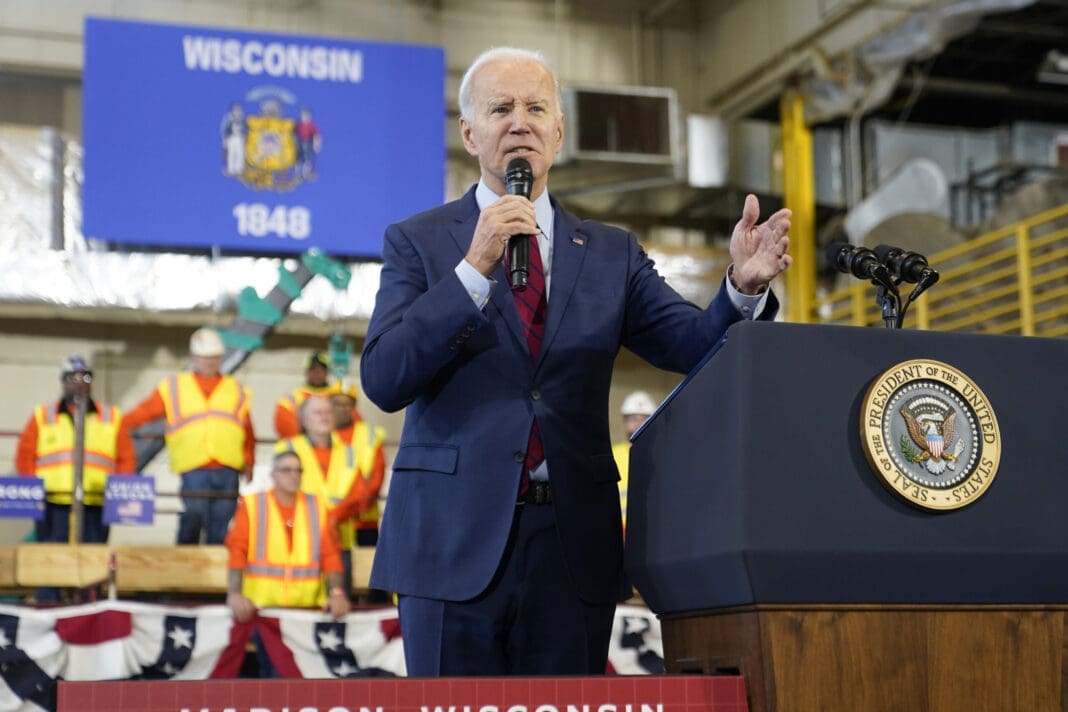
December jobs report: Wages up, hiring steady as job market ends year strong
Friday’s jobs data showed a strong, resilient U.S. labor market with wages outpacing inflation — welcome news for Americans hoping to have more purchasing power in 2024.
By Casey Quinlan - January 05, 2024
Biden’s infrastructure law is boosting Nevada’s economy. Sam Brown opposed it.
The Nevada Republican U.S. Senate hopeful also spoke out against a rail project projected to create thousands of union jobs
By Jesse Valentine - November 15, 2023







